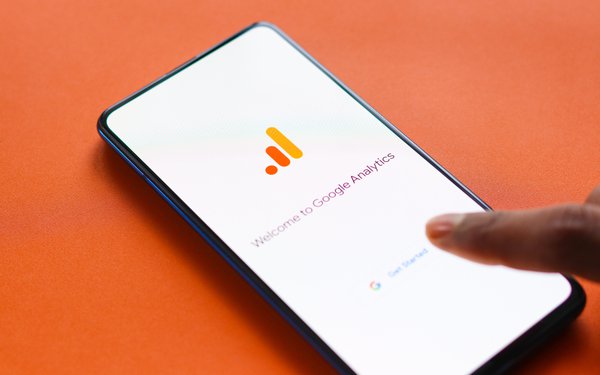
Google Analytics 4 has unveiled eight features to improve
app campaign measurement and performance, giving marketers through artificial intelligence (AI) a better understanding of how users behave across the web and apps.
Gameberry Labs, a game
developer based in India, wanted to attract users who were more likely to complete in-app purchases. They began bidding on Google Analytics 4 events using a target return on ad spend (tROAS) bidding
strategy. It took four weeks for company marketers to see a 59% increase in D7 ROAS and they were able to reach higher-quality users, with a resulting 6% increase in D7 retention rate, according to
Google.
During the past four months, Google launched several new audience, performance, and measurement features for app marketers who use Google Analytics 4.
These features are
available now:
advertisement
advertisement
Unnotified users suggested audience enables marketers to engage existing app users who have not been reached with push notifications.
This
new suggested audience is especially useful to reach and engage users, given that only 37% of consumers are enabling push notifications when they download apps across different
categories.
Seamlessly re-use app and web audiences is for those who have created an audience in Google Analytics 4 across both app and web users. Google will automatically target only
the relevant app users for an App campaigns for engagement.
Access Google Analytics 4 Audience Builder in Google Ads will launch in the coming week. Google
said it will roll out the ability to create Google Analytics 4 audiences directly in Google Ads, enabling marketers to build audiences in Google Ads as you set up and manage your campaigns.
Additional performance uplift for app advertisers can now use additional consented, signed-in data to automatically optimize App campaign performance. Google has seen that for App campaigns
for engagement on Android, enabling the use of consented, signed-in user data in Google Analytics 4 drove up to a 10% increase in conversions per dollar.
Comprehensive web-to-app conversion
measures the path to conversion that often extends across many user touchpoints and platforms, from web to app. With new privacy frameworks on platforms like iOS, measuring this performance
can become complex. Google introduced a new privacy-safe URL parameter, known as gbraid, to enable
better iOS app0conversion measurement for web campaigns that deep link users into an app.
Integrations with SKAdNetwork helps marketers integrate apps with SKAdNetwork to
attain improved cross-channel install reporting and attribution, and now provides tools to configure the SKAdNetwork conversion value schema. Setting up the schema is important for better
in-app event measurement and optimization, and now advertisers can do this through either Google Analytics 4, a Google-approved App Attribution Partner, or the Google Ads
API directly.
On-device conversion measurement for apps with sign-in experiences, on-device conversion measurement uses consented, first-party email data to
increase the observable conversions available for campaign optimization. Google has added support for more types of consented user sign-ins, such as phone numbers. This solution works without any
user-identifying information leaving a user’s device or being disclosed to external parties, including Google.
Geo-based conversion lift measurement gives marketers the ability to
run controlled experiments to more accurately understand the causal, incremental effects of their iOS App campaigns. This functionality works with Google Analytics 4 events to report results and
is currently available in beta. Marketers can reach out to their account manager to learn more.